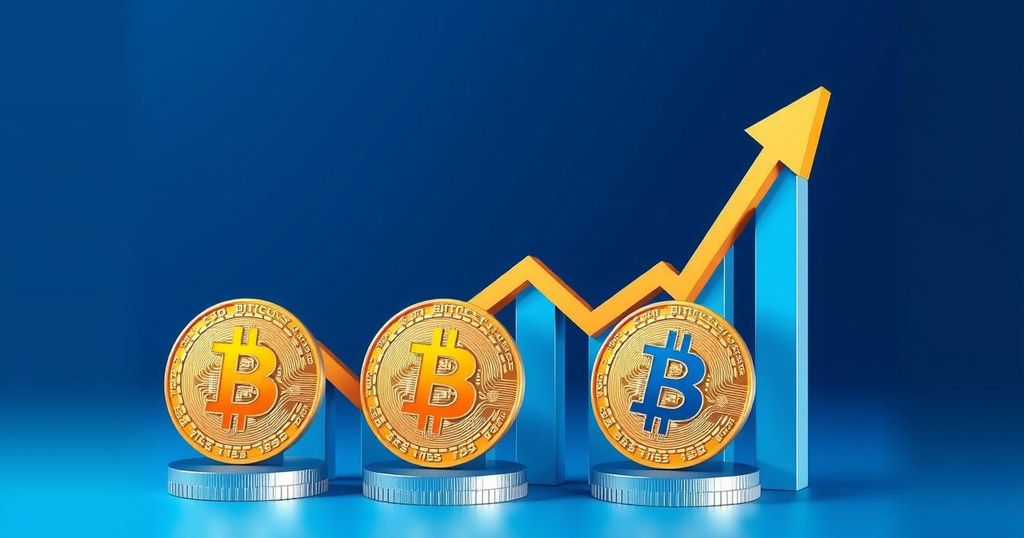Bitcoin Price Analysis: Potential Rally to $90,000 Amid Economic Changes
Bitcoin’s price is stabilising around $84,000 after recovering from a dip to $74,400. Short-term holders are selling at a loss, signalling capitulation, but historical trends suggest accumulation opportunities. Global economic factors, like stimulus measures from China and Europe, as well as a weakening US dollar, could support Bitcoin’s potential rally towards $90,000. Miners show long-term commitment despite recent profitability concerns.
Bitcoin’s current price is stabilising between $84,000 and $85,000 following a recovery from a dip to $74,400. The latest figure stands at $84,449, reflecting a slight decline of 0.7% over the past 24 hours. This period of consolidation comes amid notable macroeconomic volatility, as Bitcoin struggles to surpass existing resistance levels, suggesting a cautious sentiment among investors.
The behaviour of short-term holders (STH) offers insights into Bitcoin’s potential trajectory. The Short-Term Holder Spent Output Profit Ratio (STH-SOPR) has dropped below 1.0, indicating many short-term holders are selling at a loss—a sign often associated with capitulation. While this trend appears bearish, historical trends show that such downturns frequently represent strategic accumulation opportunities.
Currently, the STH Realized Price is around $92,000, marking the average cost basis for short-term investors. Bitcoin’s trading below this level suggests potential undervaluation, often signalling accumulation zones during previous bullish cycles. However, these indicators are not definitive proof of market bottoms.
Several global economic factors could support Bitcoin’s ascension. In China, March saw new bank loans exceed predictions, with a total of $500 billion, indicating stronger recovery and support from the People’s Bank of China. Simultaneously, the European Central Bank has cut interest rates to stimulate the eurozone economy, potentially increasing market liquidity in favour of risk assets like Bitcoin.
The US dollar is weakening, evidenced by a drop in the DXY Index, which is at a three-year low—a factor that typically correlates with rising Bitcoin prices. Political pressures are mounting on the Federal Reserve to lower interest rates, as expressed by US President Trump. Nonetheless, favourable employment data continues to complicate prospects for immediate monetary policy relaxation.
Despite apprehensions regarding the Bitcoin halving in April 2024, which could impact miner profitability, the network hashrate has surged by 8% from the previous month. Miners currently control almost 1.8 million BTC, illustrating their commitment to the network. Analysts posit that if economic conditions improve, Bitcoin may reclaim an upward trajectory towards the $90,000 mark.




Post Comment